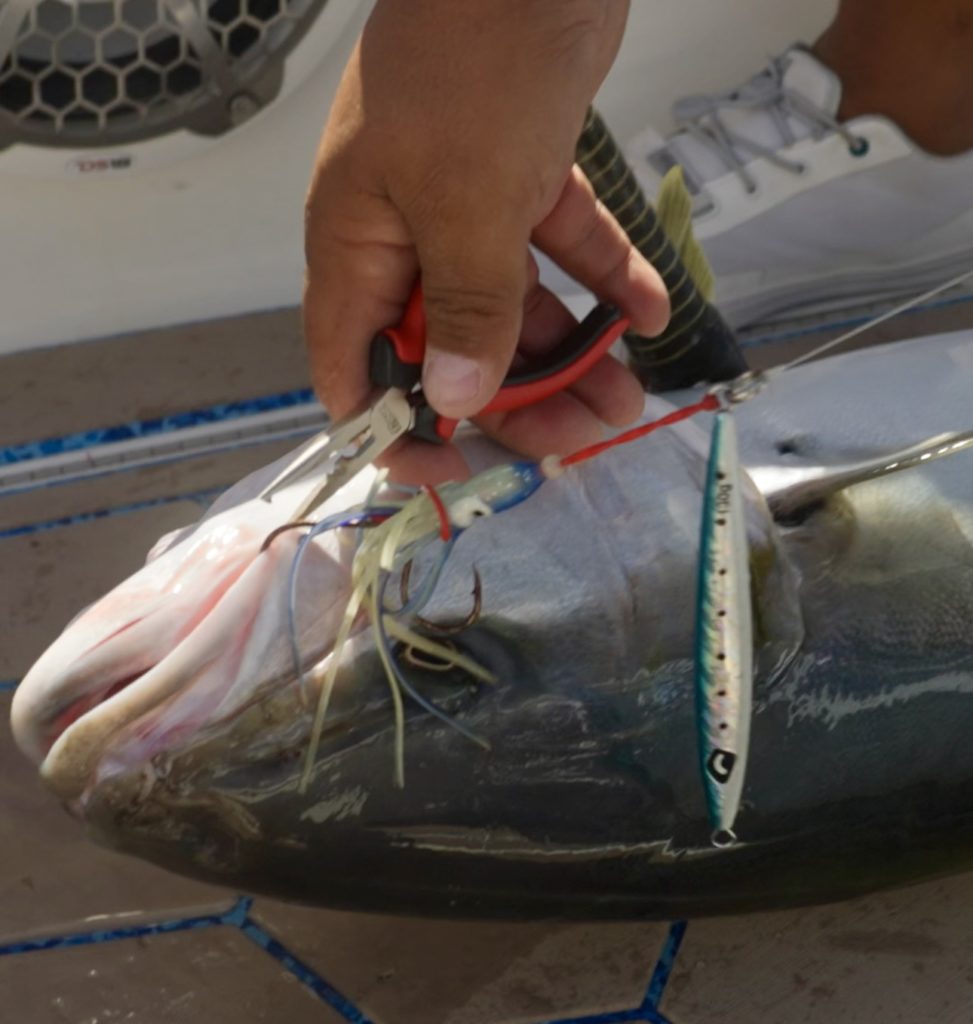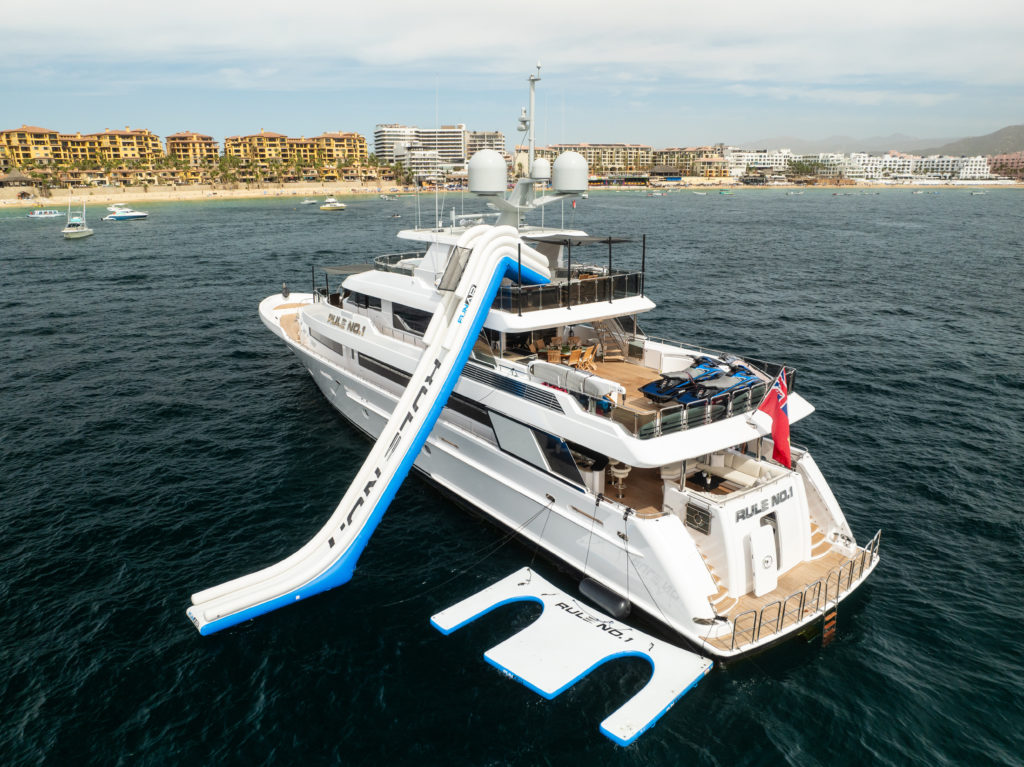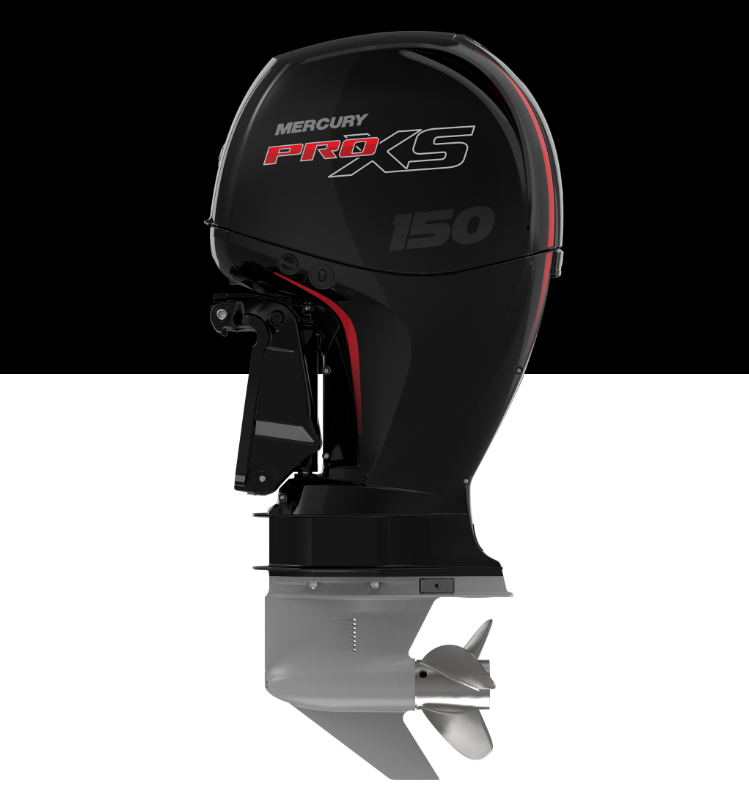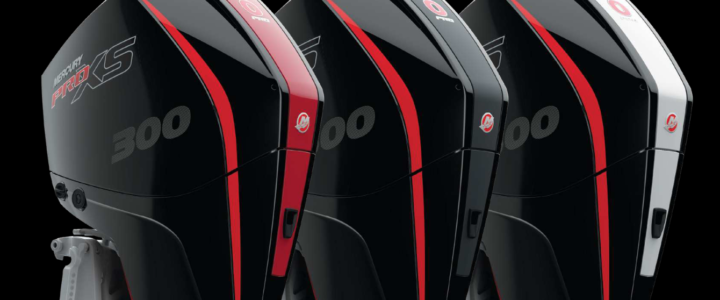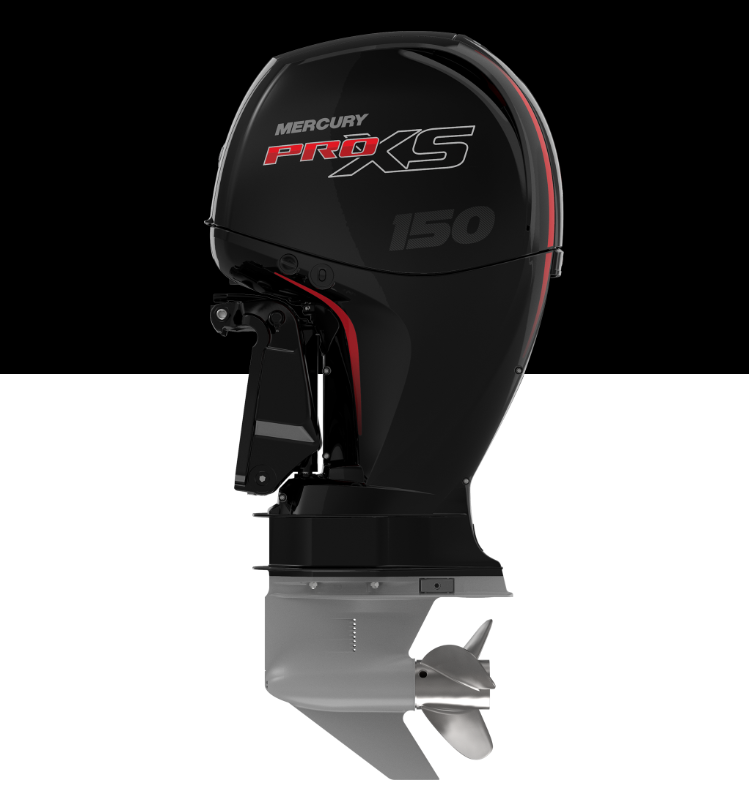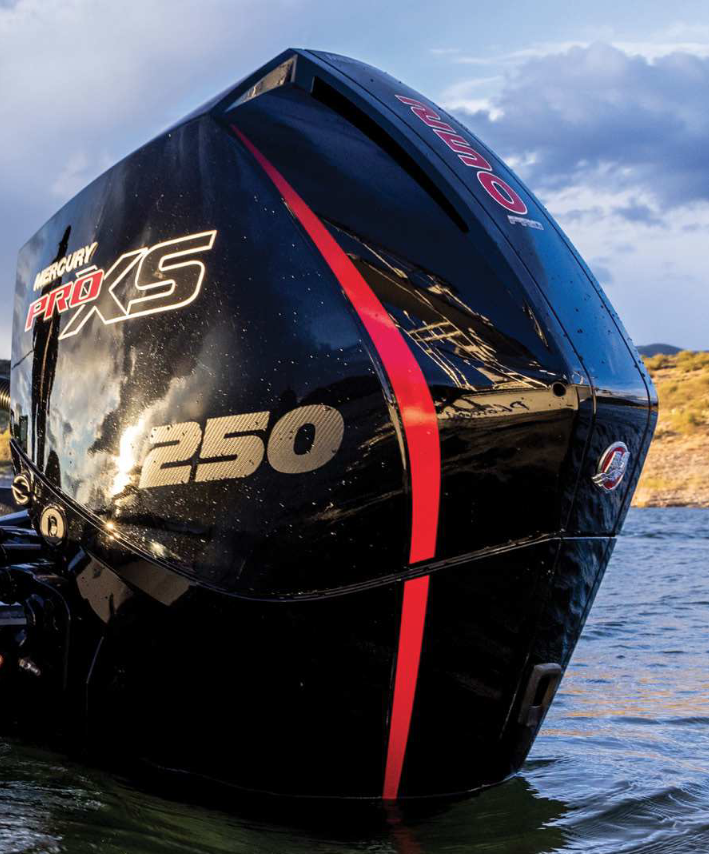Cabo San Lucas is not just a stunning vacation spot with its pristine beaches and vibrant nightlife; it’s also a world-renowned fishing destination. Every summer, anglers from around the globe flock to these waters, lured by the promise of battling the biggest and most challenging game fish. In this blog, we dive into what makes summer the peak season for fishing in Cabo San Lucas and how you can make the most of your angling adventure.

Why Summer?
Summer in Cabo brings warmer waters and an abundance of marine life, making it the best time to cast your line. Key species such as Marlin, Sailfish, and Tuna are more active, providing unparalleled offshore fishing experiences. The weather is favorable too, with clear skies and gentle breezes that are perfect for a day at sea.
Species to Catch
- Marlin: The king of sportfish, marlin is both prestigious and challenging to catch. Blue and striped marlin are particularly plentiful during the summer months.
- Sailfish: Known for their incredible speed and majestic fins, sailfish offer an exciting fight for any angler.
- Yellowfin Tuna: These are strong, fast, and make for a delicious catch. Tuna runs can lead to some of the most exhilarating fishing days.
- Dorado (Mahi-Mahi): Not only are they beautiful with their vibrant colors, but they’re also tasty and can be found in abundance.
Best Fishing Spots
To make the most of your trip, head to these hotspots:
- The Arch of Cabo San Lucas: Near this famous landmark, the waters are teeming with life.
- Gordo Banks: Situated a few miles offshore, these seamounts are a haven for big game species.
- The 95 Spot: A deep-water location that is ideal for catching large tuna and marlin.
Fishing Charters
Choosing the right charter can make or break your fishing experience. Look for well-reviewed charters that offer knowledgeable captains and crew who know the waters well. Opt for charters that practice sustainable fishing methods to help preserve the sport for future generations.
Tips for Successful Fishing
- Get the Right Gear: Ensure you have heavy-duty rods, reels, and tackle appropriate for the large fish you aim to catch.
- Listen to Your Captain: Their expertise can guide you to the best spots and techniques for the day’s conditions.
- Be Patient and Perseverant: Fishing is about timing and instinct. Trust the process and stay ready for action.
Conservation Efforts
Engage in catch-and-release practices whenever possible, especially for species like marlin and sailfish, to help maintain the fish population. Local charters often have specific rules to maximize conservation efforts.
Conclusion
Fishing in Cabo San Lucas during the summer offers not just the thrill of the catch but also contributes to a memorable vacation filled with spectacular ocean views and exciting battles on the high seas. Whether you’re a seasoned angler or a curious first-timer, the rich waters of Cabo promise an unforgettable experience.
Engage With Us
Have you ever fished in Cabo San Lucas? Share your stories and photos in the comments below! Don’t forget to subscribe for more tips, stories, and fishing updates from around the world.



